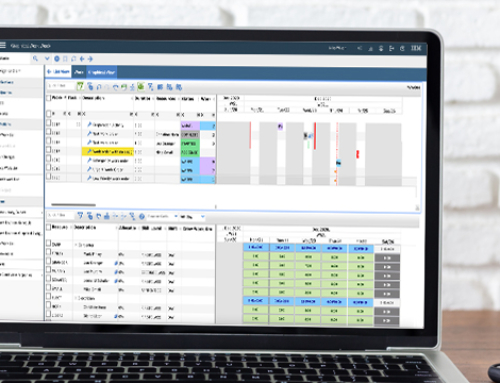“We have a 90% PM to CM ratio.” “Most of our maintenance is proactive, not reactive.” Sounds great, doesn’t it? They must really have their act together. They’re really embracing maintenance best practices.
Not so fast.
Sometimes, in the quest for improvement, we go too far in one direction. Preventive maintenance is essential to the life of your equipment – and your bottom line – so more must be better, right? Not necessarily.
It is easy to get caught up creating PMs in response to each new maintenance scenario. By doing so, it seems that the PM to CM ratio should continue to increase, allowing the vast majority of maintenance to be scheduled – performed at a lower cost and in a less-intrusive manner. Unfortunately, the reality is often different.
Quite frequently, disrupting equipment to perform maintenance causes a new problem, resulting in corrective or emergency maintenance that otherwise would not have been needed. Thus, you now have two or more maintenance incidents (the PM and subsequent CM), whereas you would have had none if the PM was not performed at all.
This is not an excuse to avoid preventive maintenance altogether. That would be akin to never changing the oil in your car for fear something else might go wrong. However, we encourage you to find the right balance for each equipment class. Manufacturers often provide suggested maintenance schedules. Such recommendations make an excellent starting point, but must be tempered with your engineers’ expertise and equipment history.
Additionally, extensive research has shown that there are six common equipment failure patterns – not just one. A very small percentage of failures increase over time; in fact, most are likely to occur during the initial break-in period – or just after major maintenance/overhaul – the “infant mortality” pattern. This makes the case for:
- Condition-based monitoring and predictive (not just preventive) maintenance
- Accurate data collection and review to facilitate continuous improvement

Photo courtesy of Allied Reliability, Inc.
Overall, simple logic prevails: if you’re spending more on preventive maintenance than you’re saving in reduced failures, it’s time to update your PM program.
The below article provides much more detail, as well as some excellent recommendations:
https://reliabilityweb.com/ee-assets/my-uploads/docs/PMReport.pdf






